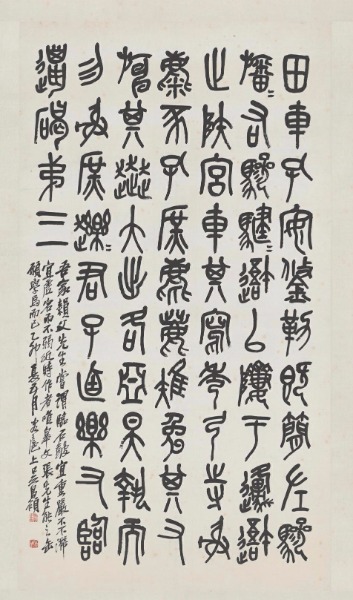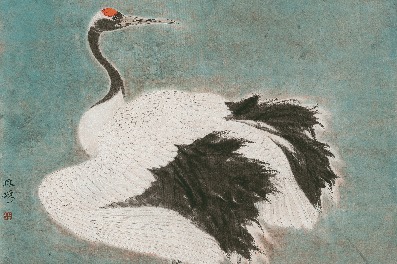Places for paper treasures


"However, unlike the cynical Bada Shanren, Wu treated the real world with a more open-minded attitude, and was thus more down-to-earth," Ren says.
Some of the displayed work proves Wu to be a man who not only observed life, but also fully understood how to enjoy it.
A highlighted scroll painting, A Peach Banquet with an Alcohol Jar, depicts big peaches - in a luster of red colors - with a jar of liquor. In Chinese, both peaches and alcohol are cultural symbols indicating longevity.
"The sharp contrast also mixes traditional folklore and a literati's philosophical thinking," Ren says. "It's not flamboyant, but it touches people's heart."
In another scroll painting, Precious Fruits, Wu continues to use sharp contrasts of colors.
"Each fruit in the painting seems like it is edible," Ren says. "And the words Wu left by the fruit also show he is very knowledgeable about his subject."
The words to which Ren refers describes characteristics of each fruit, as well as how they taste and where they are produced.
Another section of the exhibits highlights Wu's influence on the next generation of painters, by displaying masterpieces by followers of Wu, Qi Baishi (1864-1957) and Chen Banding (1876-1970), who became icons of Chinese artistic history in their own right.
Some of Wu's manuscripts, which were borrowed from the Beijing Fine Art Academy, are also on display to illustrate his recommendations to younger artists, including a handwritten price tag for Qi's work.
Compared with Wu, who is greatly admired within art circles, Qi, who's more of a household name, is more widely recognized by the general public in modern China.





































